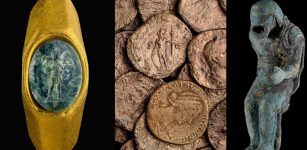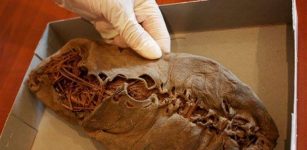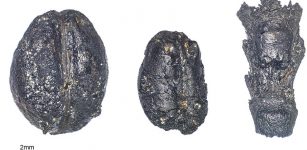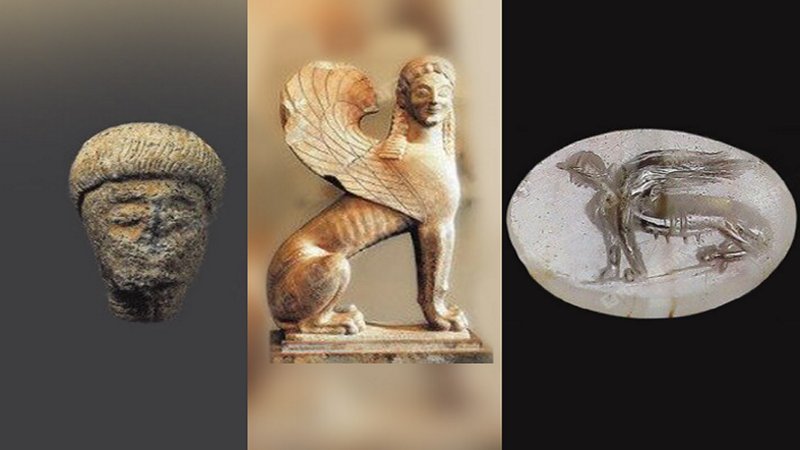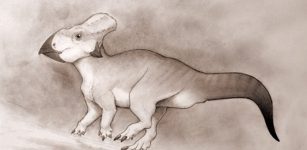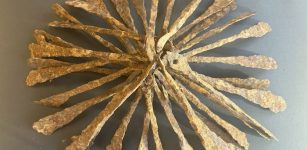Bighorn Medicine Wheel: Sacred Site And Ancient Solar Observatory
MessageToEagle.com – Bighorn Medicine Wheel in a sacred ancient site located on top of the Bighorn Range in Wyoming, USA.
Although the Bighorn Medicine Wheel was constructed by Plain Indian only 300-800 years ago, the wheel is part of a much larger complex of interrelated archeological sites that represent 7000 years of Native American adaptation to and use of the alpine landscape that surrounds Medicine Mountain.
The Bighorn Medicine Wheel has always been of great astronomical significance due to its alignments with the stars. It has also been used by Native American Indians for sacred rituals.
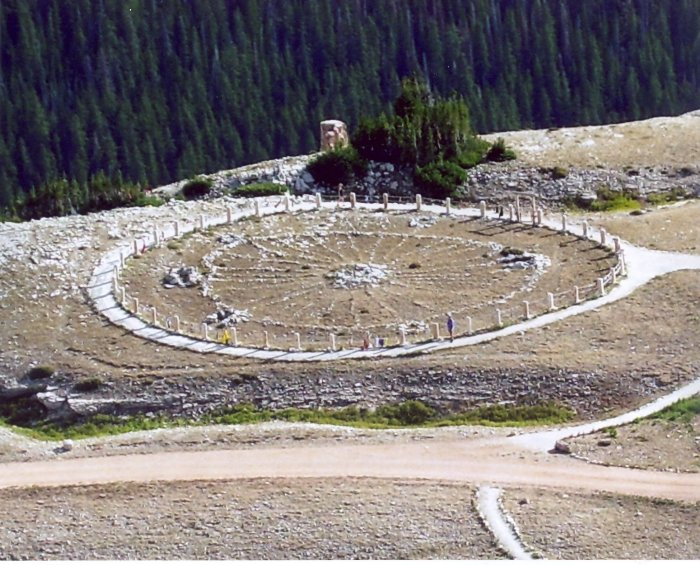
How and why the Bighorn Medicine Wheel was constructed is not entirely clear. According to one creation story, the wheel shares a special bond with a boy named Burnt Face.
When the boy was only a baby, he fell into a fire and was severely scarred. When the boy was 10 years old, he went on a vision quest in the mountains. He stayed there for some time and fastened. The creation story tells that during his vision quest, he helped to chase away an animal that attacked eaglets. An adult eagle returned the favor by carrying the boy away. As a miracle the boy’s face was smooth again.
Native American Indians have used the Bighorn Medicine Wheel for fasting and vision quests for centuries. The place was also used for prayers and healing.
The 75 feet in diameter wheel is also a proof of our ancestors’ knowledge and interest in astronomy.
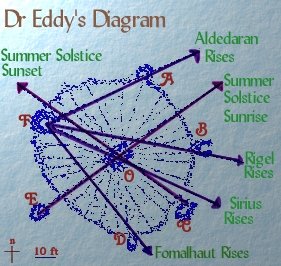 In the 1970s, archaeoastronomer John Eddy noticed that some of the wheel’s spokes pinpoint the direction of the sunrise on different solstices, and other spokes mark the rising point of other stars, suggesting the site may have once been an observatory.
In the 1970s, archaeoastronomer John Eddy noticed that some of the wheel’s spokes pinpoint the direction of the sunrise on different solstices, and other spokes mark the rising point of other stars, suggesting the site may have once been an observatory.
At the center of the Bighorn Medicine Wheel is a doughnut-shaped pile of stones, a cairn, connected to the rim by 28 spoke-like lines of stones. Six more stone cairns are arranged around the wheel. Most of them are large enough to hold a sitting human.
Examination of the ancient wheel revealed that a person sits at cairn looking towards another, then he or she will be pointed to certain places on the distant horizon. These points indicate where the Sun rises or sets on summer solstice and where certain important stars rise heliacally, that is, first rise at dawn after being behind the Sun. The dawn stars helped foretell when the Sun ceremonial days would be coming. The area is free of snow only for 2 months, around the summer solstice.
See also:
Is The Poverty Point Octagon World’s Largest Ancient Solstice Marker?
Dighton Rock – Centuries-Old-Mystery Still Unsolved
Enigma Of The Ancient Berkeley Mystery Walls – The “Great Wall Of California”
John Eddy became intrigued with this very special place and discovered wheel’s arrangements point to the rising and setting places of the Sun at summer solstice, as well as the rising places of Aldebaran in Taurus, Rigel in Orion, and Sirius in Canis Major. These are bright, important stars associated with the Solstice.
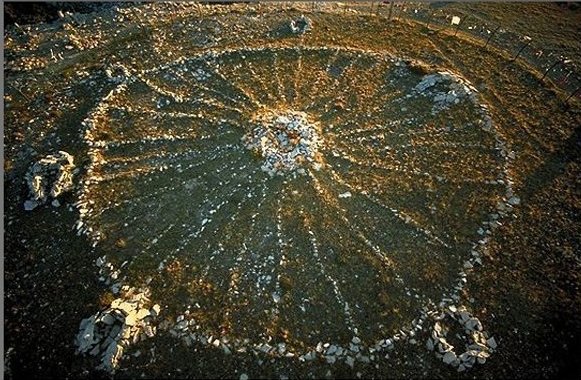
Later another astronomer, Jack Robinson, found a cairn pair that marked the bright star Fomalhaut’s rising point with the Sun 28 days before solstice.
There are many ancient sites in North America that might have served as ancient astronomical observatories, like for example the Poverty Point Octagon that some consider to the world’s largest ancient solstice marker.
It is also very possible that the Bighorn Medicine Wheel was once an ancient astronomical observatory.
Copyright © AncientPages.com All rights reserved. This material may not be published, broadcast, rewritten or redistributed in whole or part without the express written permission of AncientPages.com

